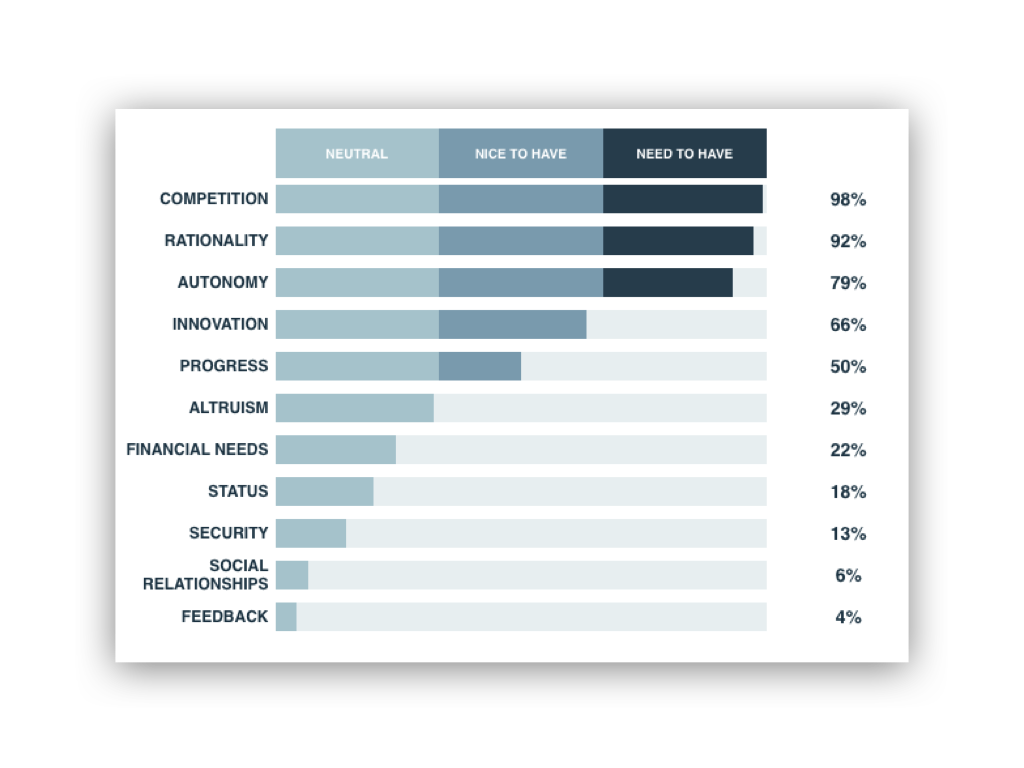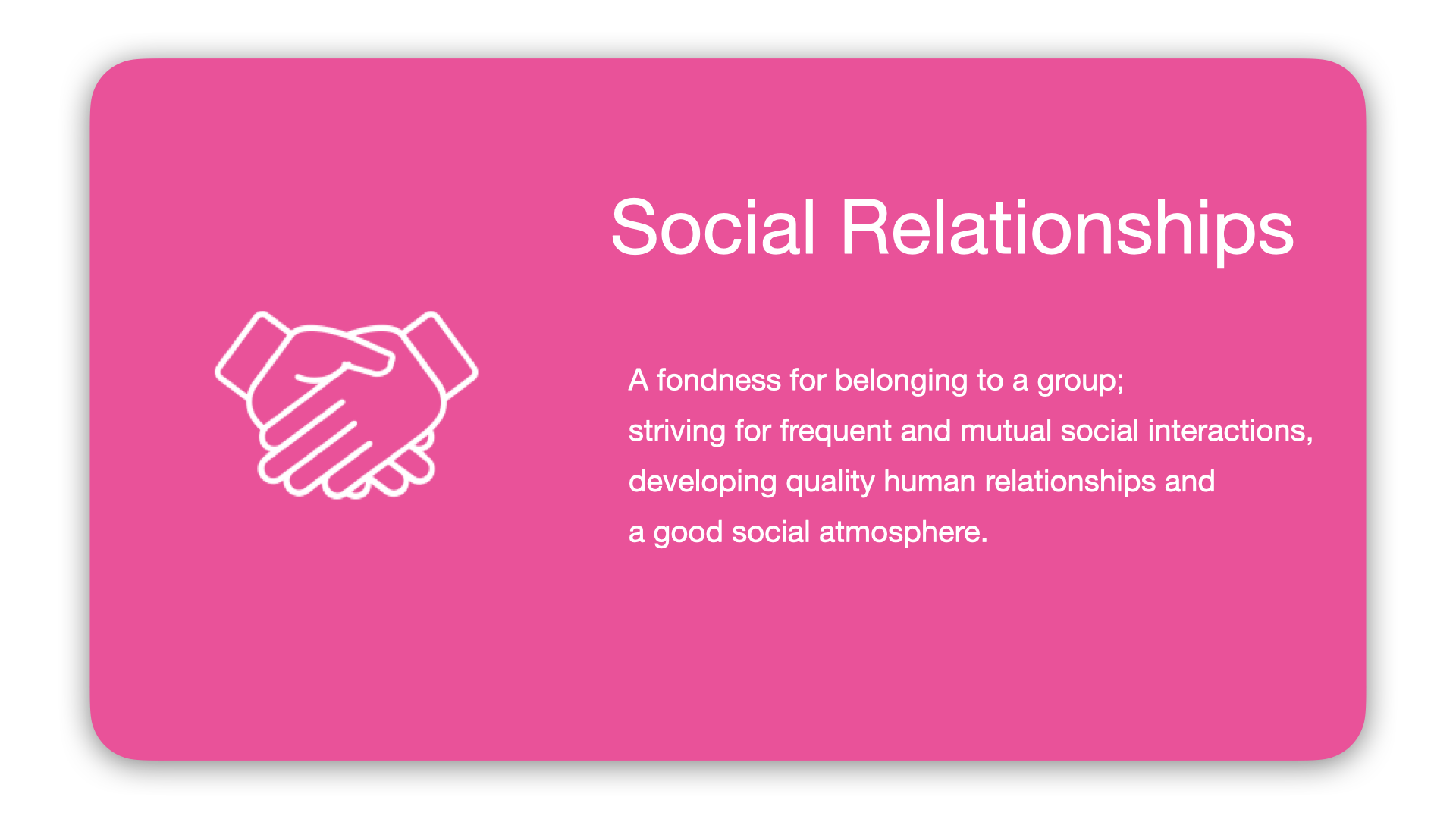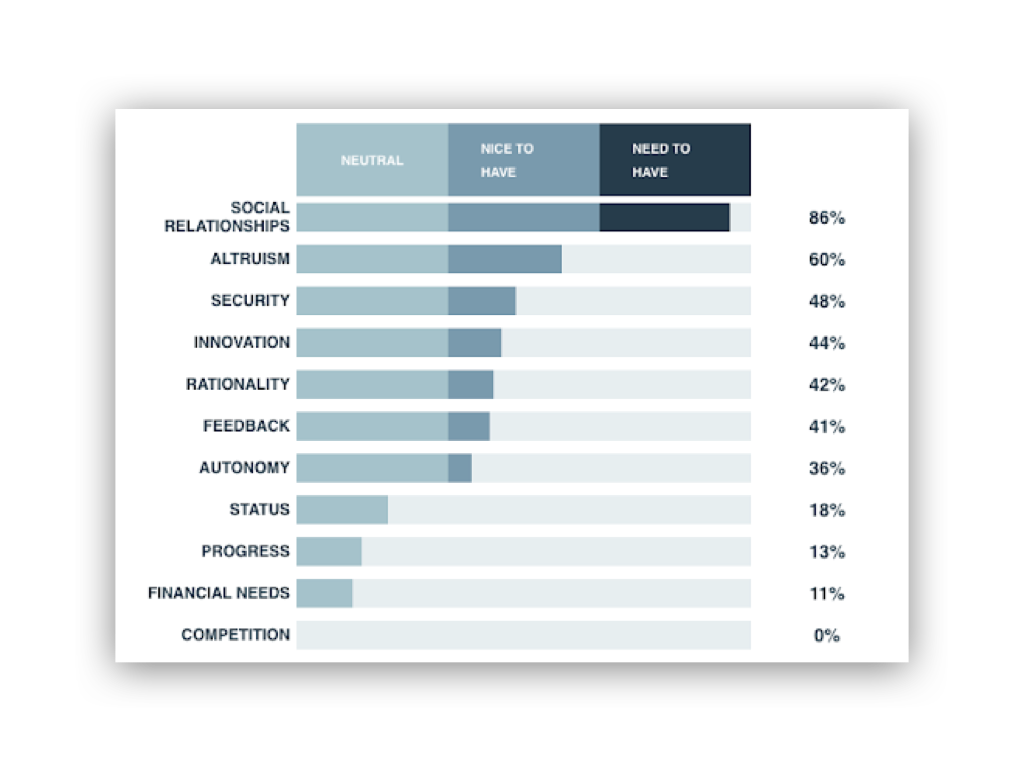One of the most exciting things for us here at Attuned is that we get to explore the complexities of intrinsic motivation. COVID has thrown so many more complexities into our world, without even considering the unseeable psychological layers (without Attuned, of course), it’s complicated in how we approach tough challenges. But of course we look at things through that deeper layer of intrinsic motivation.
Now, I am always curious about the many ways our unique blend of motivators inform the way we see the world we are moving through, influencing our individual approaches to decision making. Right now, with COVID, we are collectively living through what will certainly be one of the most traumatic sets of circumstances that we will share in our lifetimes. We are seeing people deal with this turmoil in myriad ways. We are seeing unbelievable empathy. We are recognizing the people around us for their bravery. We are seeing intrinsic motivation play a role in remarkable feats of innovation.
Unfortunately, for many of us, we are also seeing tough choices being made in the workplace.
COVID is pushing companies to make furloughs, layoffs, pay cuts — I personally do not know anyone who is not facing some version of this challenge. It got me curious about how people with different motivational profiles would answer the same tough question: How would you reduce costs in your company (or department) 20% to help the company survive the uncertainties of COVID?
Assembled here are the intrinsic motivator profiles of 10 professionals and their answers to that tough question. A 35-year age range is represented, but no respondent is below the age of 30. It’ll be most interesting if you compare their response to their profile without knowing much about them, and explore how their motivators are informing their answers.






















